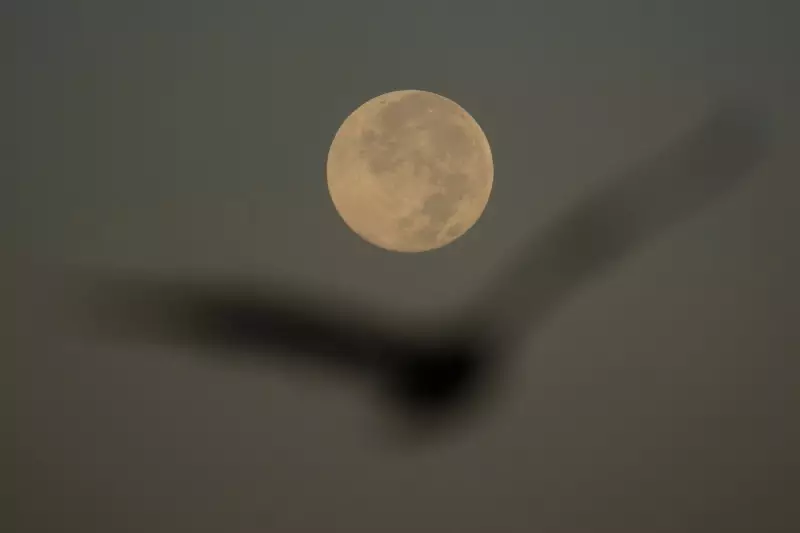
Mark your calendars, astronomy enthusiasts! This November brings an extraordinary celestial treat that you won't want to miss. The upcoming full moon isn't just any ordinary lunar event—it's set to be the closest and most impressive supermoon of the entire year.
What Makes This Supermoon So Special?
A supermoon occurs when the moon's elliptical orbit brings it closest to Earth, a point astronomers call perigee. This November's supermoon will be particularly remarkable because it represents the year's closest approach, making it appear larger and brighter than any other full moon we've seen in 2024.
When to Watch
The celestial spectacle will reach its peak illumination during specific hours, though the moon will appear full to the naked eye for approximately three days surrounding the exact moment of fullness. For the best viewing experience, plan to observe when the moon is rising or setting near the horizon, where the "moon illusion" makes it appear even more dramatic against terrestrial landmarks.
Viewing Tips for Optimal Enjoyment
- Find dark skies: Escape city lights for the clearest view
- Check weather conditions: Clear skies are essential for optimal viewing
- Use minimal equipment: While binoculars can enhance details, this spectacular sight is easily enjoyed with the naked eye
- Time it right: Moonrise and moonset offer the most dramatic visual effects
The Beaver Moon's Significance
November's full moon traditionally carries the name "Beaver Moon," a title rooted in Native American and colonial traditions that reflects the time when beavers become particularly active preparing for winter. This year, the Beaver Moon doubles as a supermoon, creating a rare combination of cultural significance and astronomical wonder.
This event serves as a perfect opportunity for both seasoned astronomers and casual skywatchers to appreciate the beauty of our celestial neighbor. Whether you're an experienced observer or simply looking for a moment of natural wonder, November's supermoon promises to deliver a memorable experience that connects us to the rhythms of our solar system.





